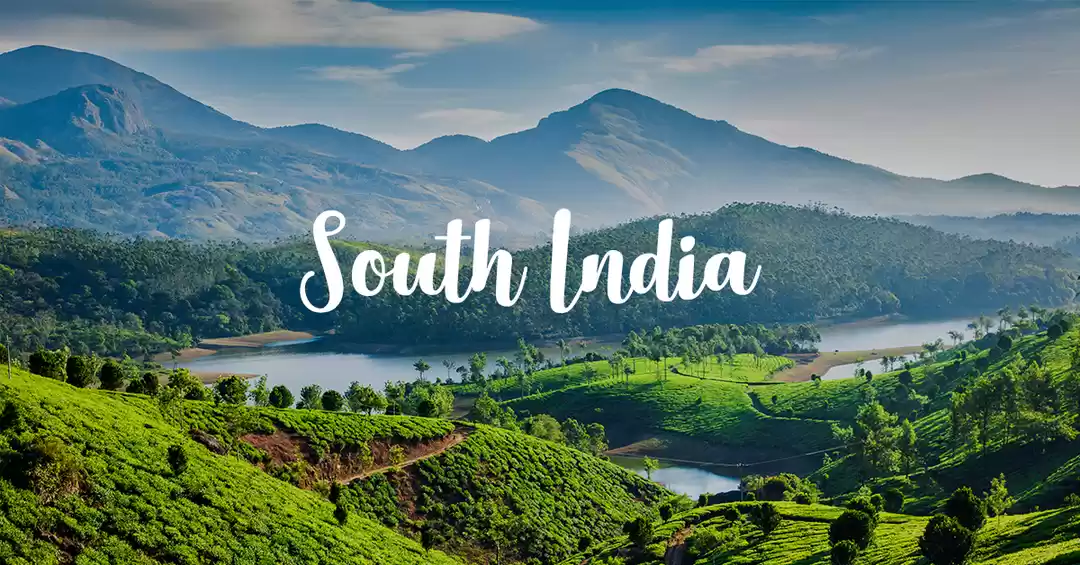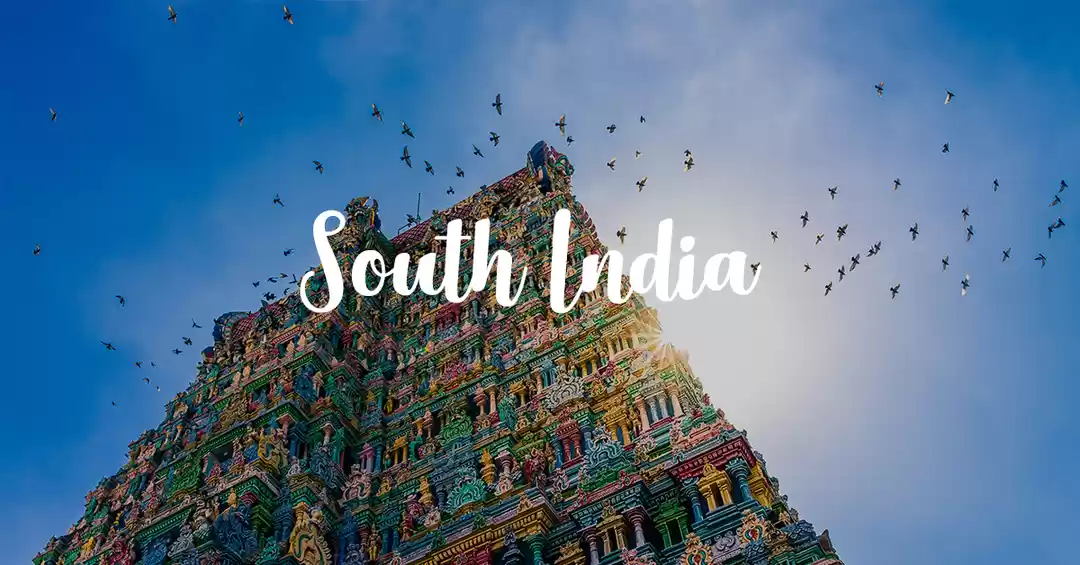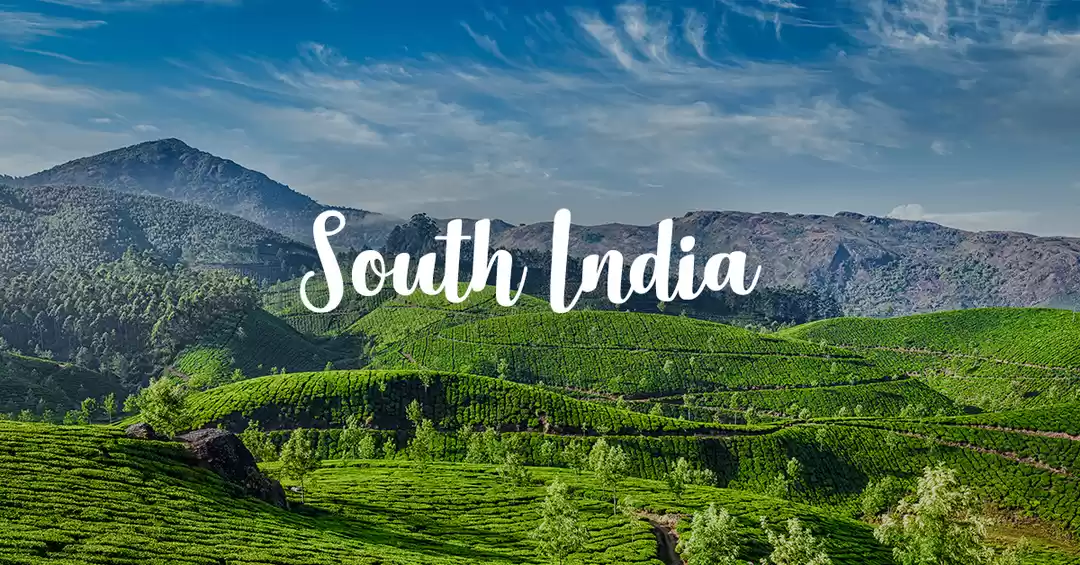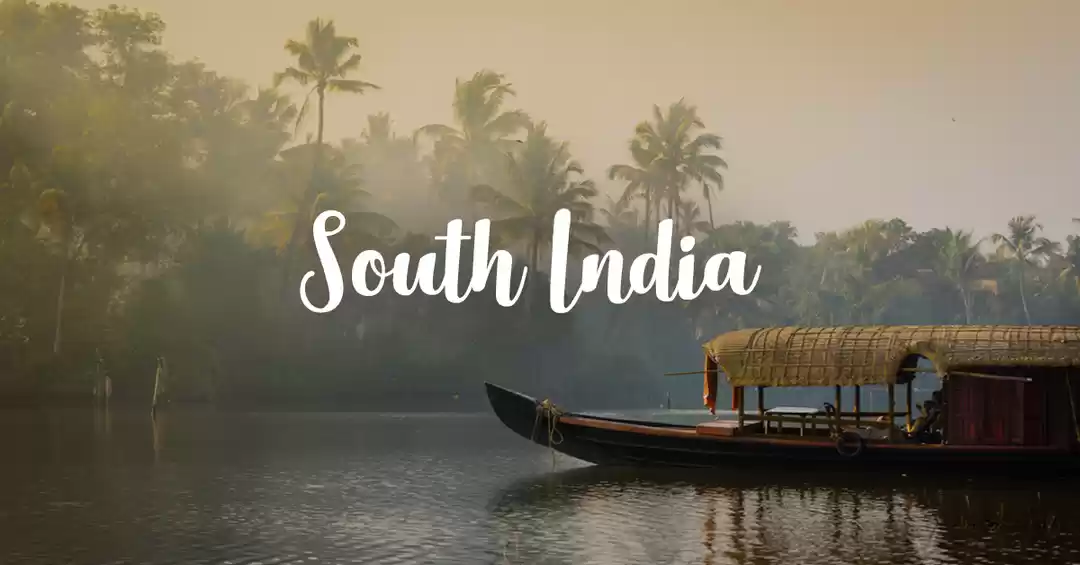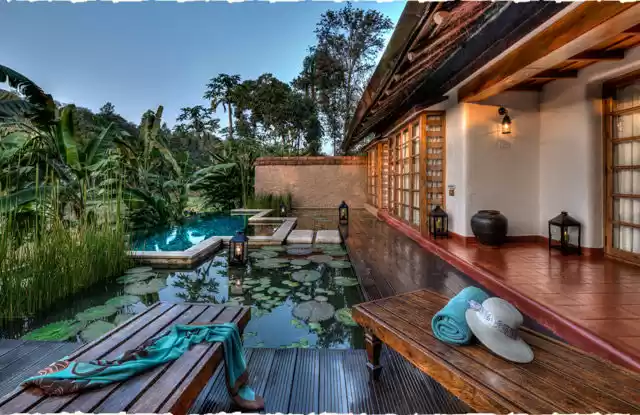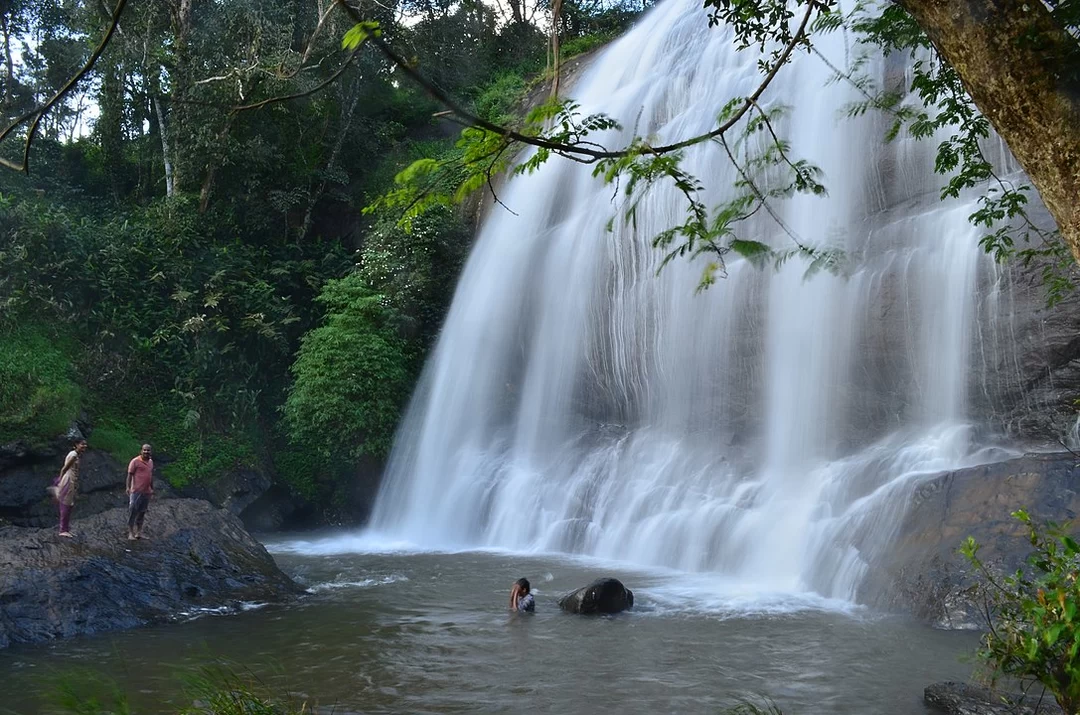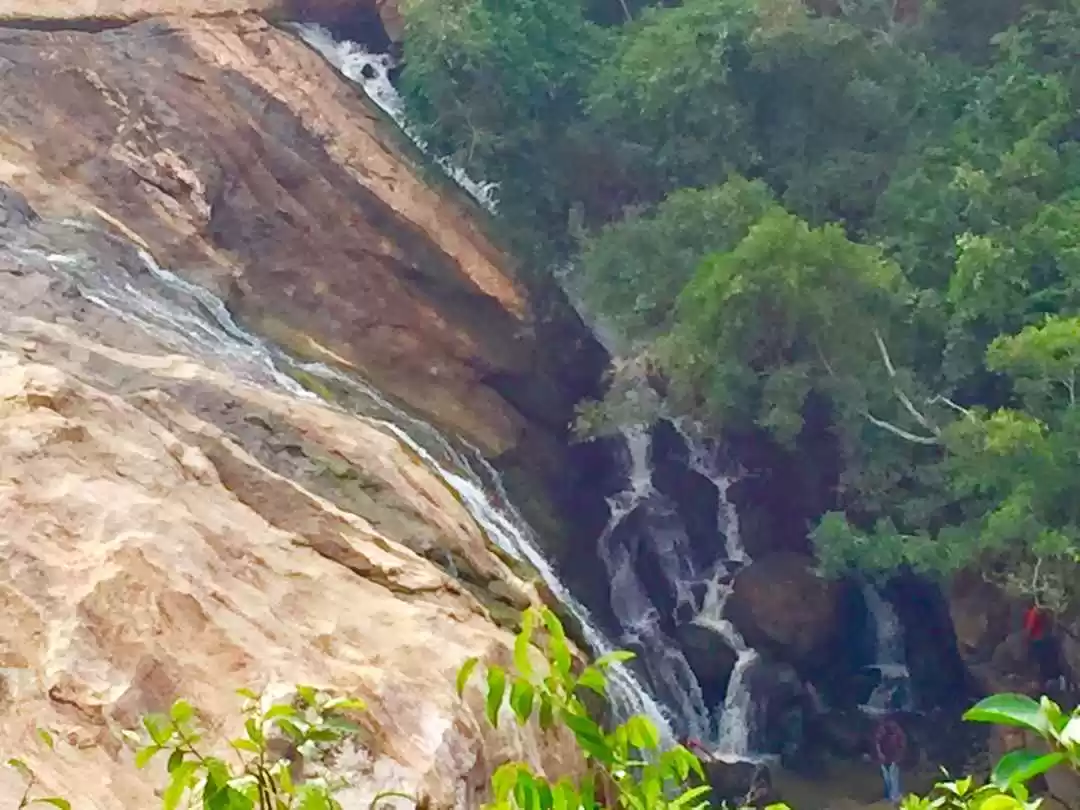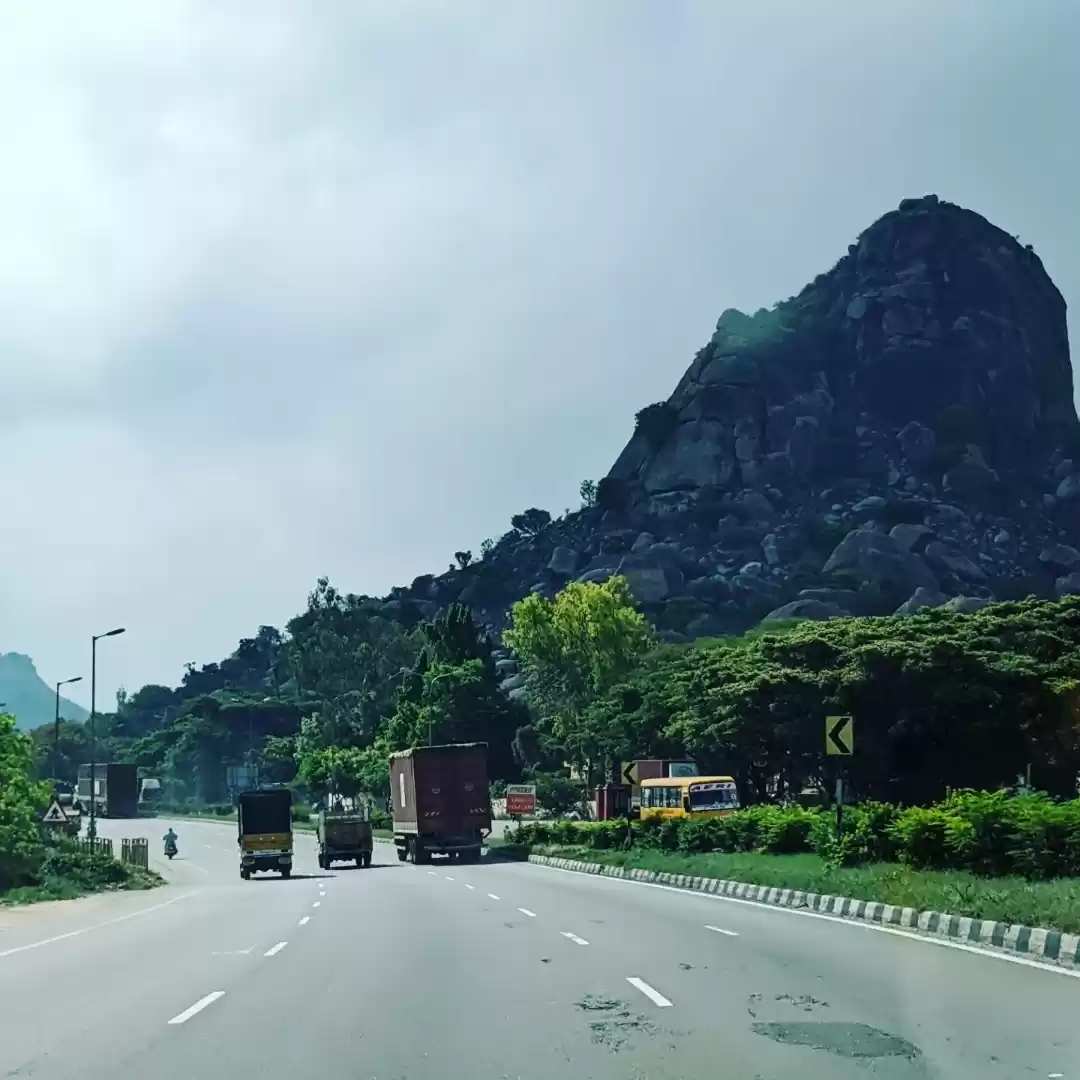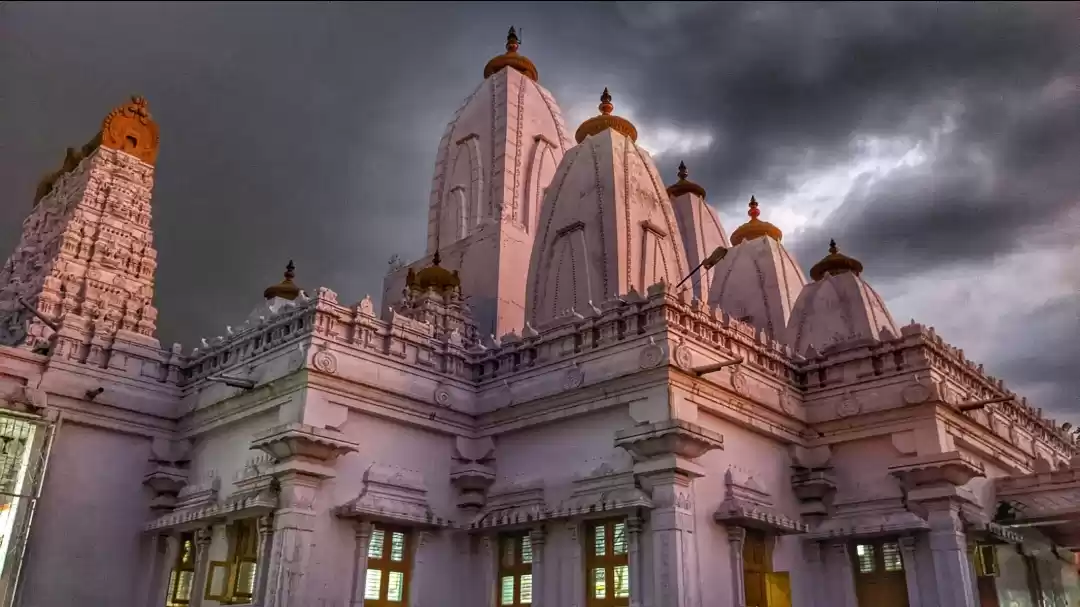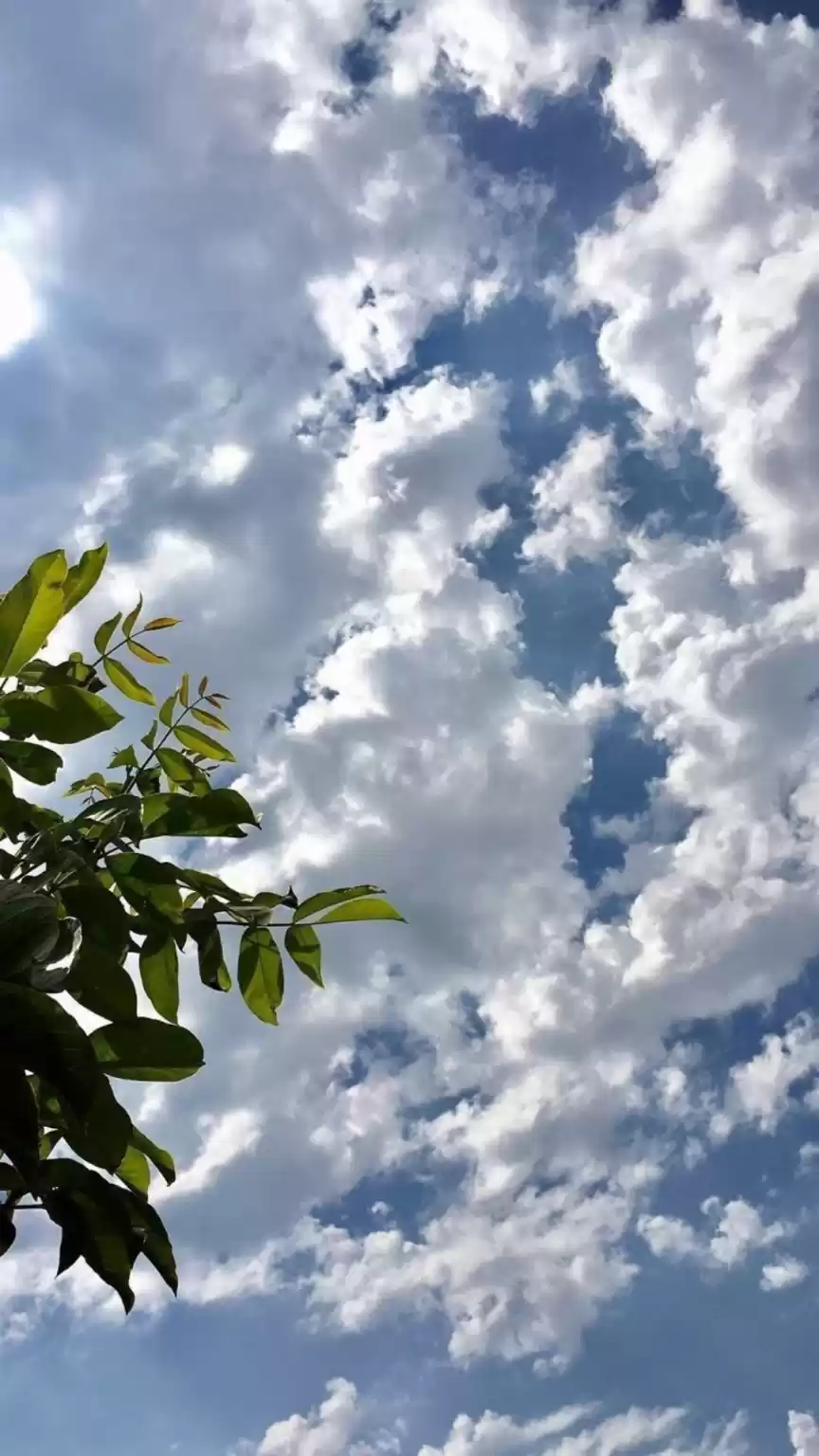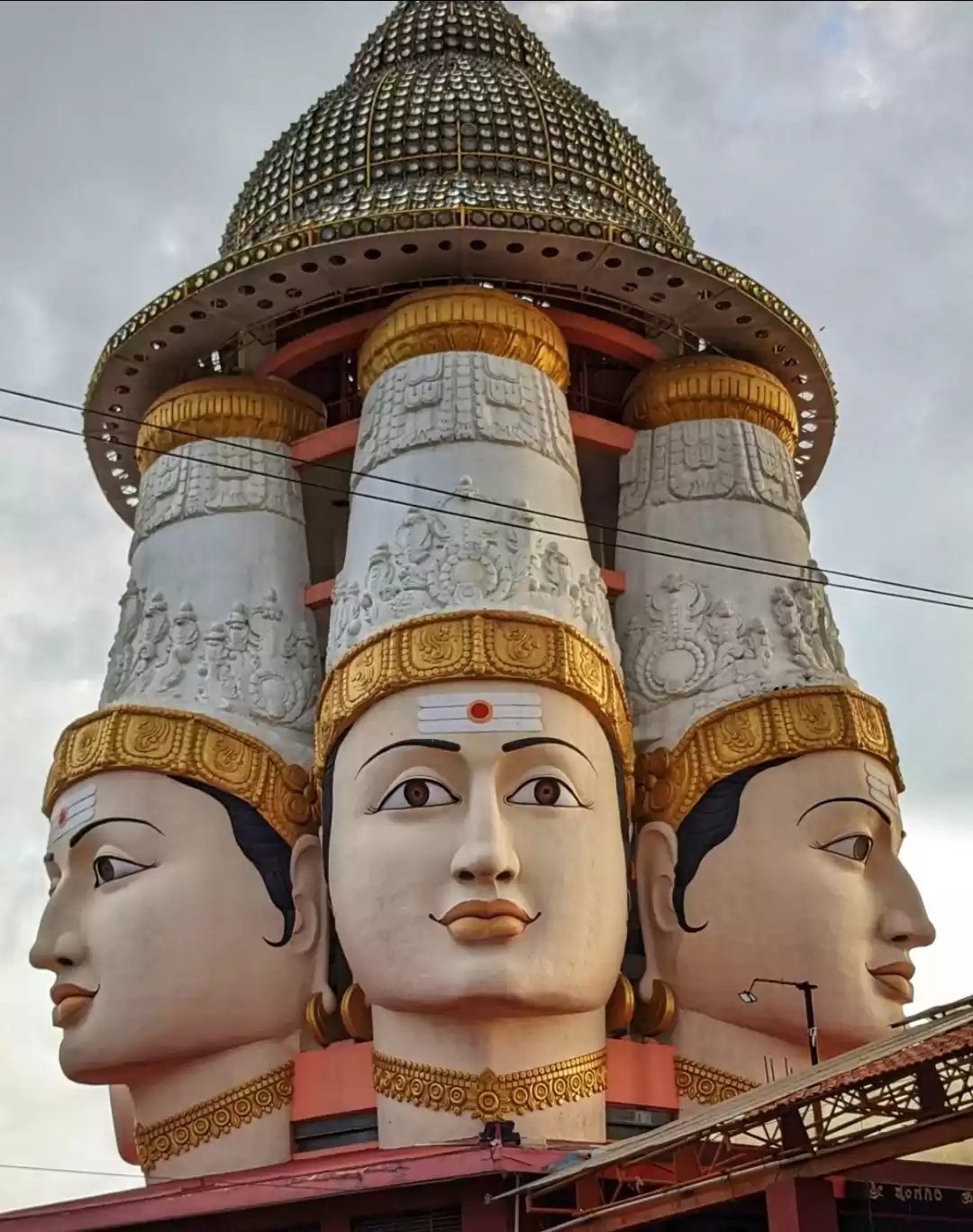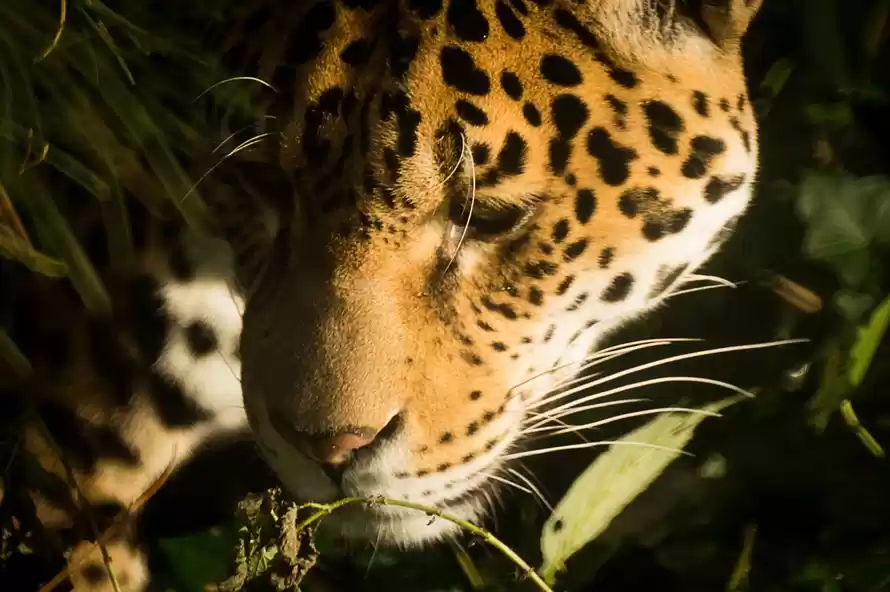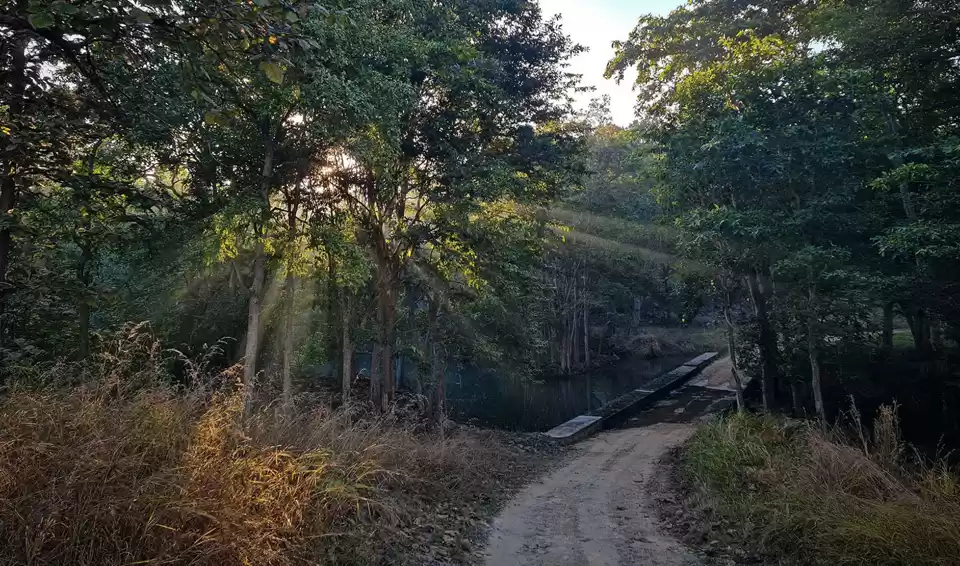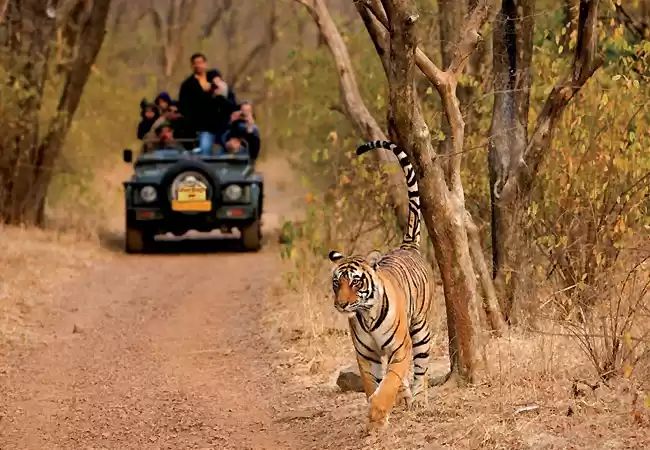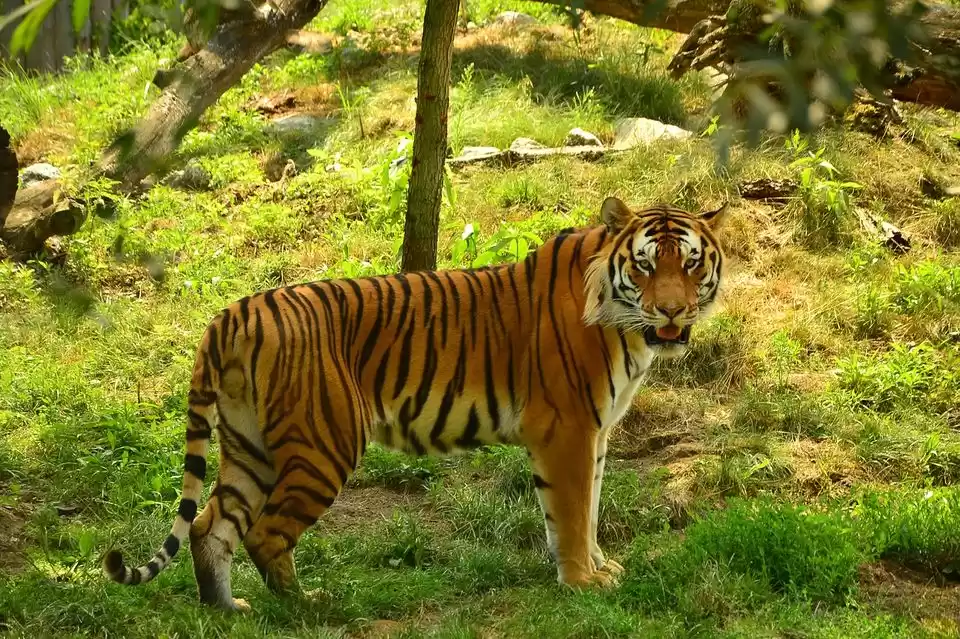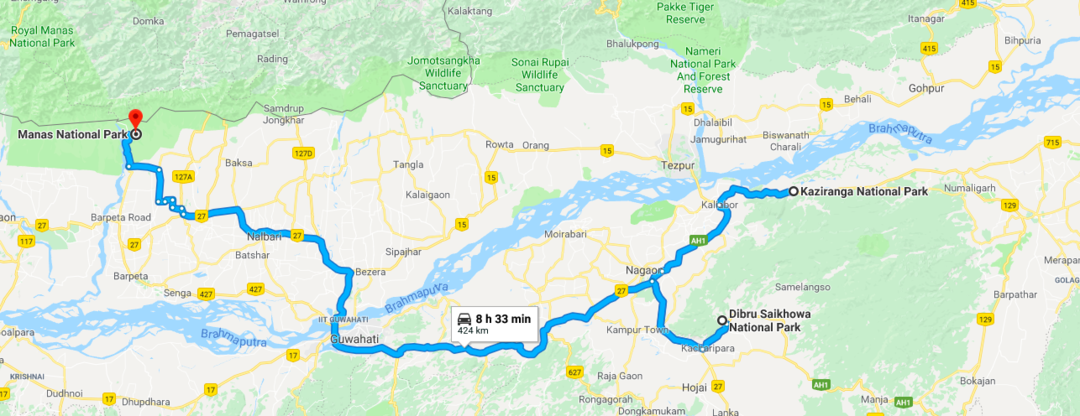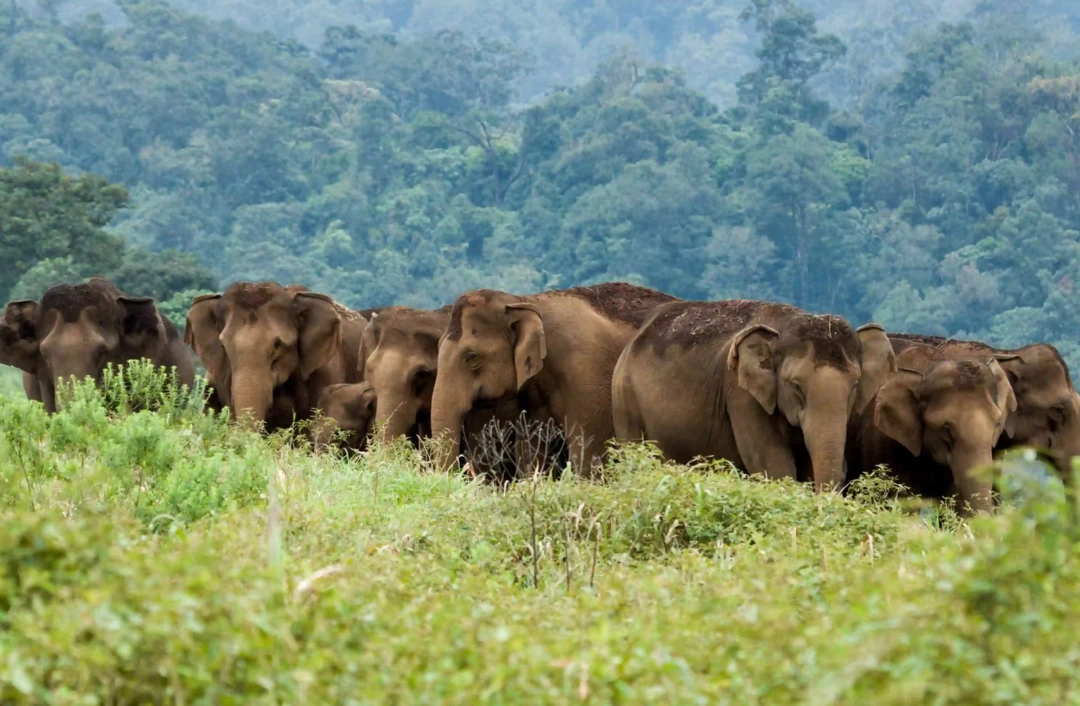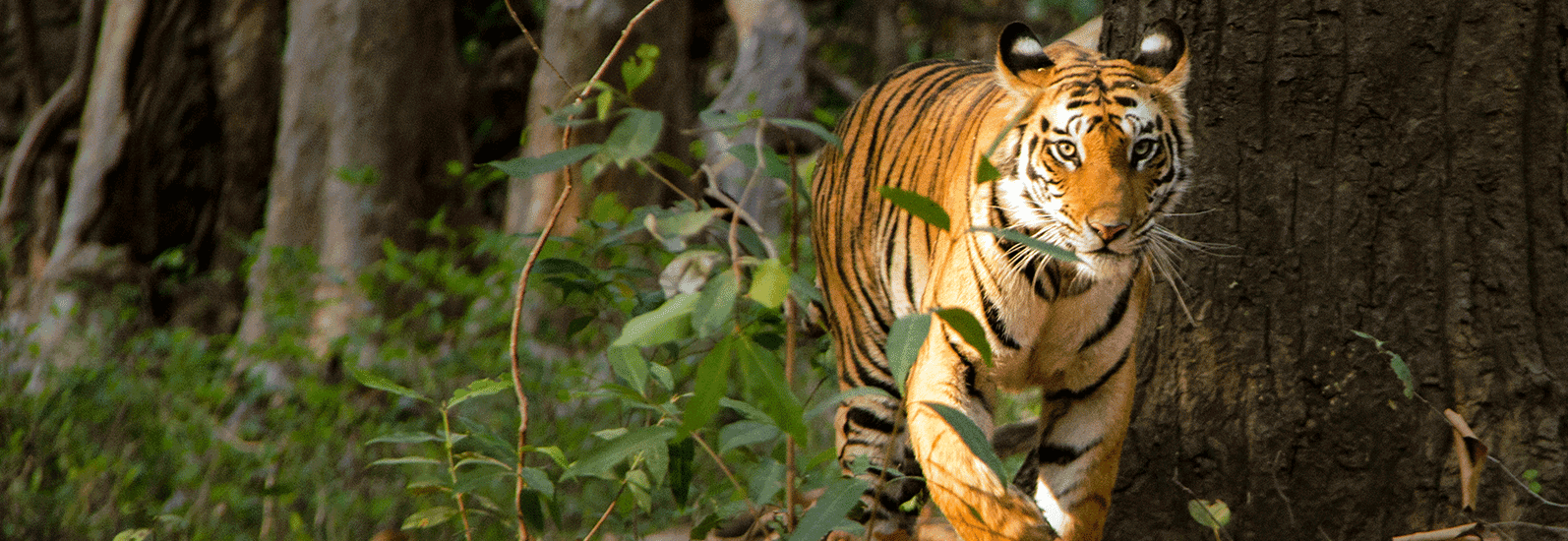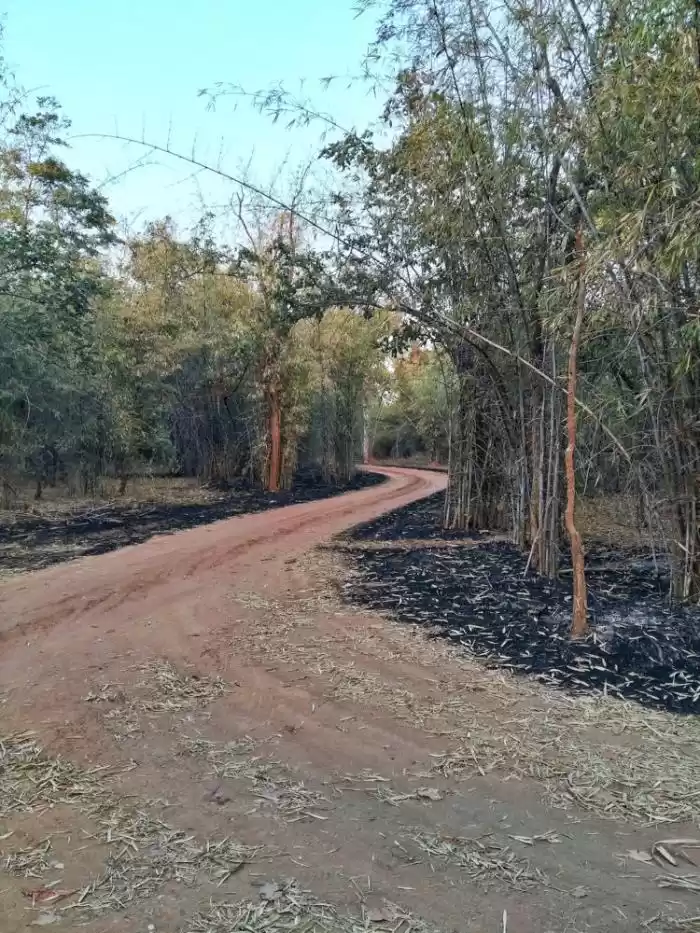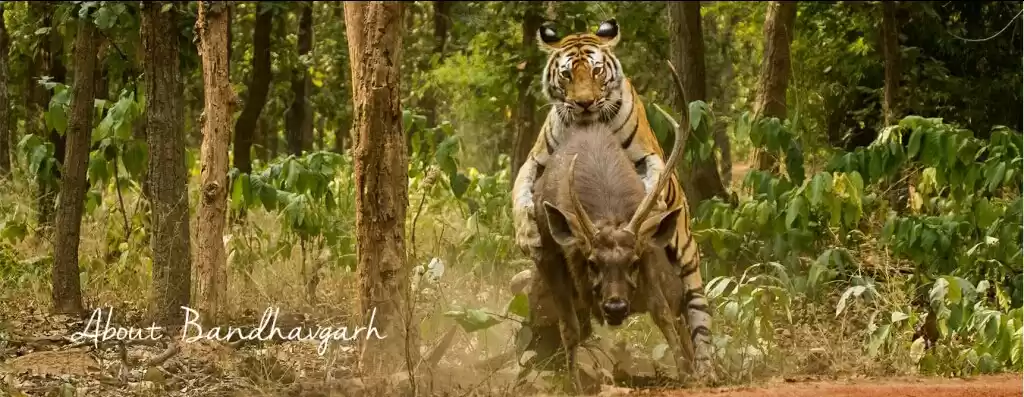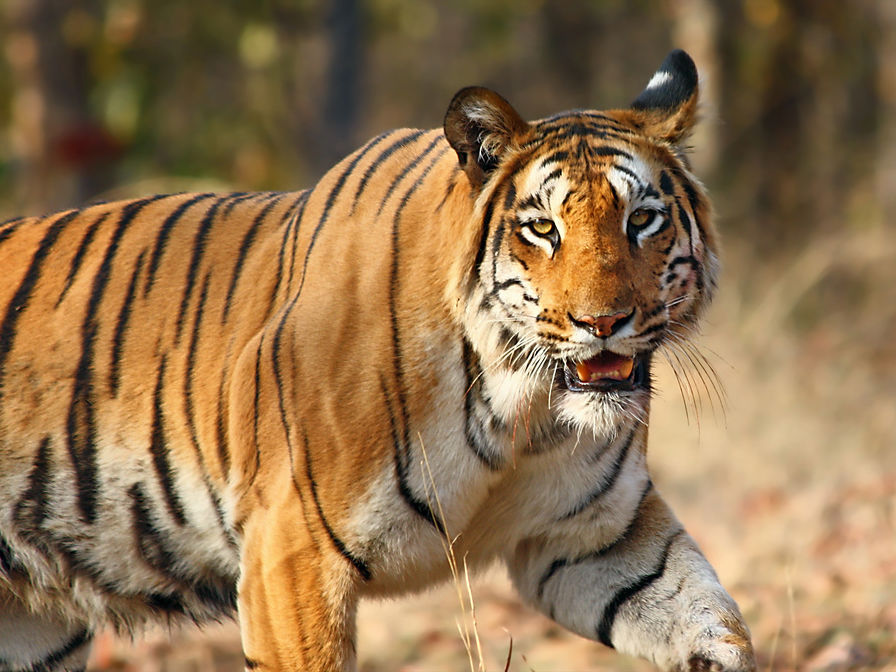
Fancy shooting a tiger? Pipe down, activists. I mean with a camera, following all rules and regulations. I have never actually gone on a safari, but we’re finally making solid plans to go to Bandipur. I’m a planner and researcher to a ridiculous extent, so when I consider planning a trip to a specific reserve, of course I look up where you should go for the best chance of spotting tigers. So I hope you benefit from all the reading I did. Here are the places you should go for the best chance of shooting a tiger.
Bandhavgarh Tiger Reserve, Madhya Pradesh
This Tiger Reserve used to be known for its white tiger population, but that’s no more. It is still one of the most populated tiger reserves in India, with at least 50 tigers (counts suggest over 65 still), making it fairly likely that you will spot one if you go there. The best time to visit Bandhavgarh is between April and June, since that’s when the odds of spotting tigers go up. There are plenty of options for accommodation, from homely comfort like Skay’s Camp to themed comfort like Junglemantra. Odds of spotting a tiger over a couple of days are high. Tala 1 is your best bet if your heart is set on seeing tigers. Make sure you book well in advance, too. Don’t forget to visit Bandhavgarh Fort while you’re there.
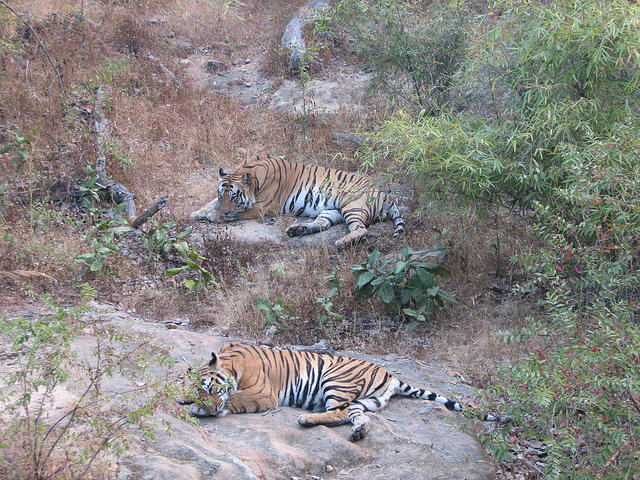
Ranthambore National Park, Rajasthan
This used to be a hunting ground for royalty. In 1973, it was named a Tiger Reserve. There’s a good reason why it’s one of the most popular spots for safaris: it’s not just about tigers. Even if you don’t see one, you can visit one of the lakes or the forts, because the ruins are extremely lovely and worth visiting even without the lure of tigers. Sawai Madhopur is the closest town with a railway station and is full of options for accommodation. You can visit Ranthambore National Park from October to June, which is the time when it’s open. The best time for spotting tigers, though, is when it starts getting pretty hot – around April. Around February, weather will be a lot nicer but you might not see tigers. You can’t be sure which zone you’ll get to go to. It’s a matter of luck, mostly, unless you can find a local guide who can pull strings. Zone 3 gives you the best shot, though 2, 4 and 5 aren’t bad odds, either. Buffer zones will give you some interesting topography to shoot, though.
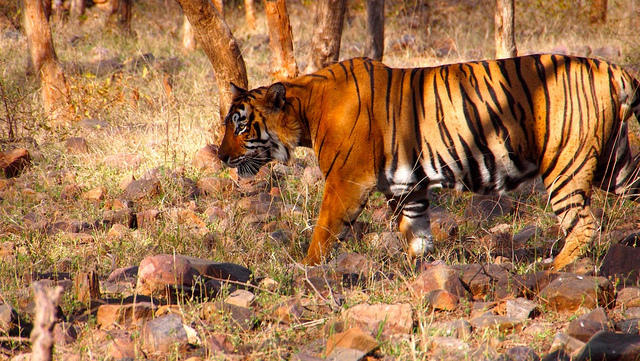
Pic credits: Björn Ognibeni: 1 2
Kanha National Park, Madhya Pradesh
This one is famous – or should be – for reportedly having inspired the creation of Mowgli and his friends. Since most of us grew up waiting for that cartoon to be shown for half an hour a week, this is a good reason to go for a safari here. You have pretty high odds of spotting tigers here, too. Unlike most places where safaris are in Jeep or open buses, Kanha has elephant safaris, too. It doesn’t seem like a very kind thing to me, especially since if you specify that you want to see tigers, elephants are trained to block their paths to give you a chance to get a good look. Not the kind of thing I’d like to be part of. There are plenty of lodges close by where you can stay. Like many others, it’s open from October to June, though the best time is from April to June. Yes, it will be hot, but it’s when it’s hot that tigers come out to watering holes more often.

Pic credit: Ashish Gautam
Bandipur Tiger Reserve, Karnataka
This is our choice for pragmatic reasons: we can drive to Bangalore and then to Bandipur, and we have plenty of family and friends in Bangalore to bunk the night. So even if the odds of spotting a tiger are not as high as the ones above, we’re optimistic. Of course, this particular reserve is in the Western Ghats, which means an abundance of flora and fauna even if we don’t spot any tigers. The birds, the animals and the greenery alone should make it an incredible time. Like many other Tiger Reserves, this one too used to be a hunting ground for royalty. Traffic is apparently banned in Bandipur from sunset to sunrise, so roadtrippers, be extra careful while planning. Deep Jungle Home is about 20 km away but set right in the forest in Mudumalai and it’s pet-friendly. So roadtrippers with extremely attached dogs – it sounds like a good option. If we do end up staying there, you’ll read all about it (please).
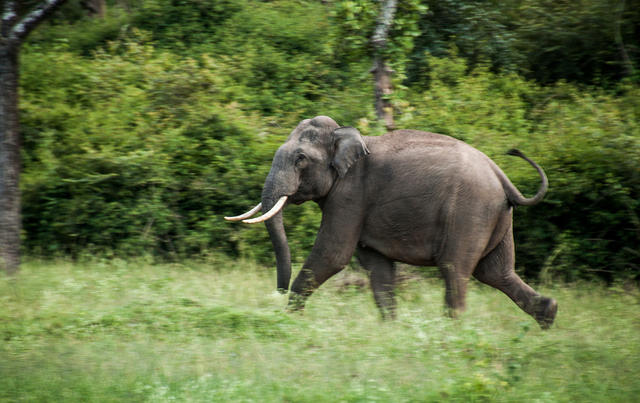
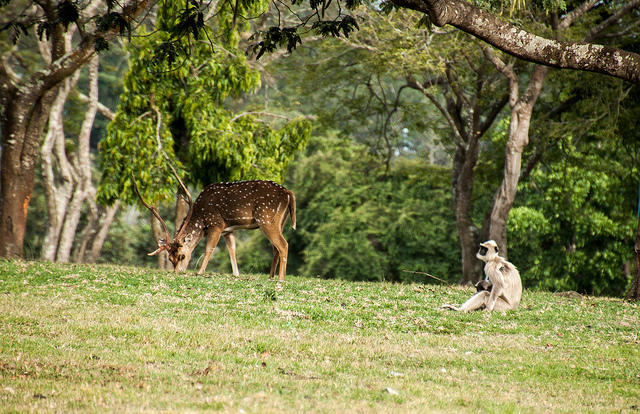
Nagzira Wildlife Sanctuary, Maharashtra
This is a lesser known one, so you might want to visit it for a different experience. It’s got tigers, panthers, sloth bears, wild dogs, bisons and a lot more, so even if the prize doesn’t make an appearance for you, there’s a lot to see. It isn’t all about the wildlife, too. The natural beauty here is unique and excellently preserved. So apart from safaris, there are also treks to enjoy.
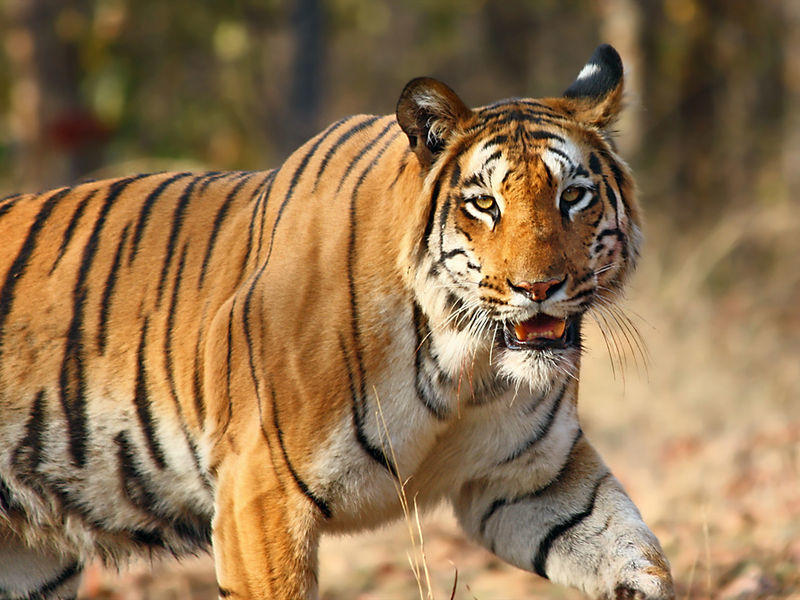
Pic credits: Vijaymp
Satpura National Park, Madhya Pradesh
This is another excellent one to spot tigers. The conservation measures here are top notch, with only 12 vehicles being allowed inside at a time, but that means that your planning needs to be spot on. You do need to go for the early morning safaris if you want your best chance of spotting tigers. Summer months of April and May can get horribly hot, but that’s the time when tigers decide to go for a swim, giving you your best shot. This is a good road trip from Bhopal if your vehicle has excellent AC. If you go here, though, splurge and stay at Reni Pani. It’s apparently gorgeous.
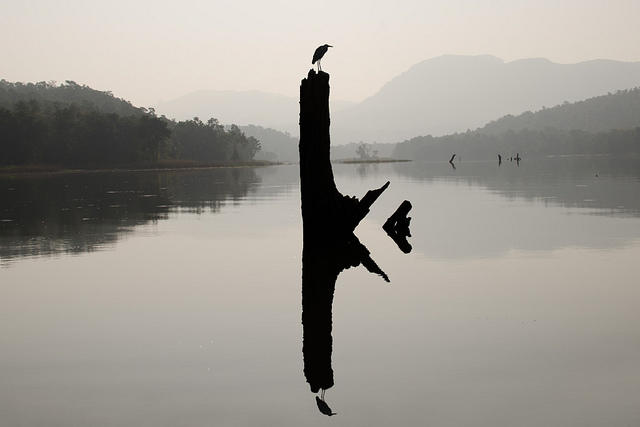
Pic credits: Anurag Agnihotri



